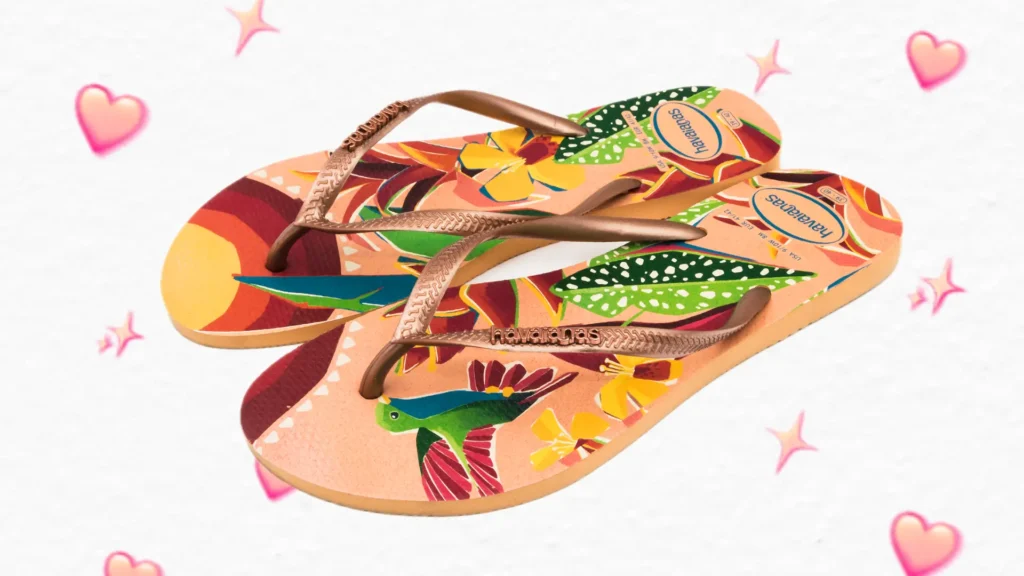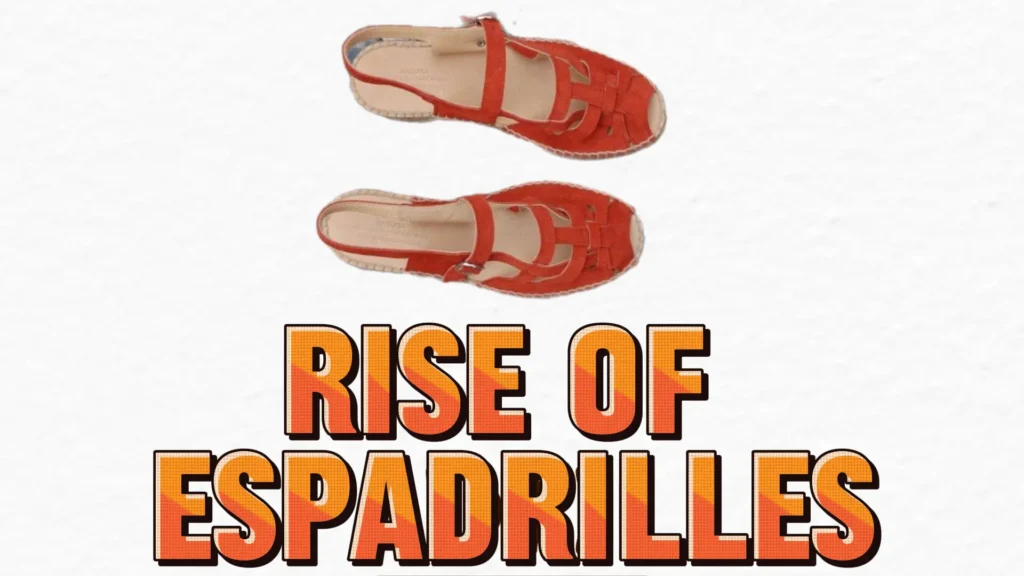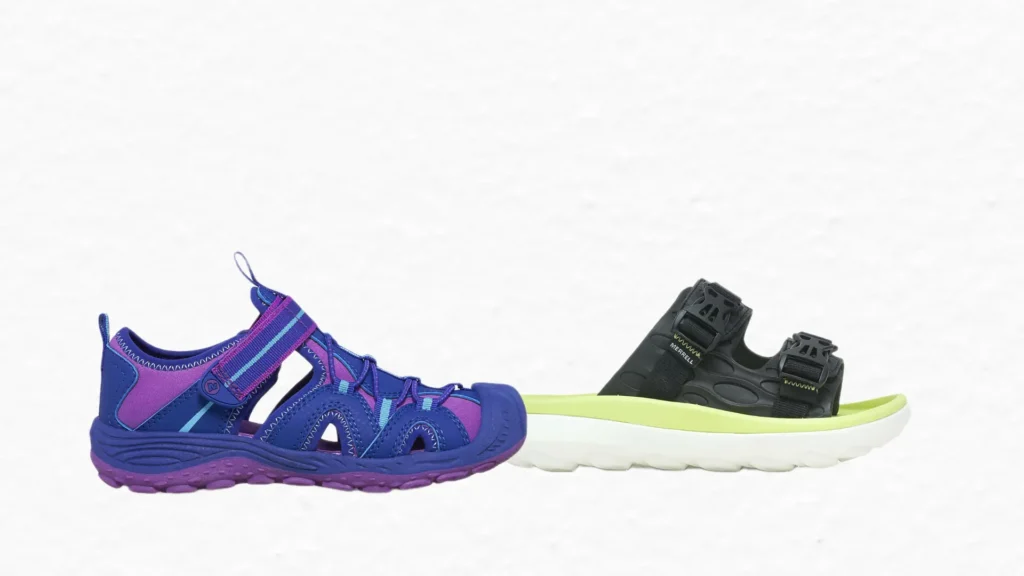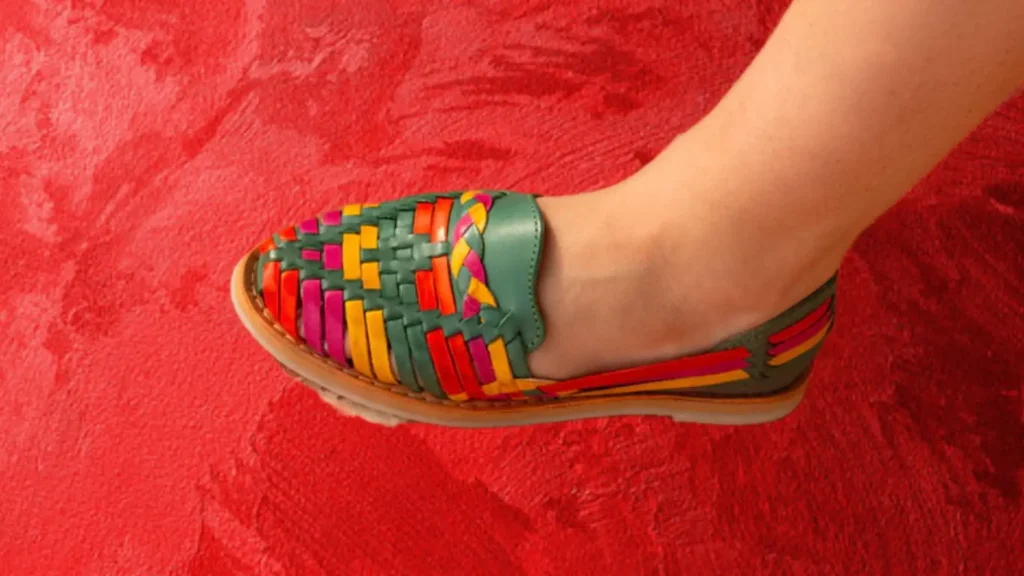Imagine you’re barefoot on a scorching sidewalk, craving something simple to shield your feet. Have you ever thought about how a pair of rubber flip-flops became a worldwide obsession?
The Humble Beginnings
In Brazil, the 1960s were all about practicality. The tropical heat demanded footwear that could keep up.
A company called Havaianas saw an opportunity. They drew inspiration from Japanese zori sandals, crafting flip-flops from soft, bouncy rubber.
These weren’t fancy shoes. They were made for everyday people—farmers, laborers, and beachgoers.
You could slip them on without a second thought. They were cheap, durable, and perfect for Brazil’s vibrant lifestyle.
Why did flip-flops click with Brazilians? They matched the country’s soul—relaxed, warm, and unpretentious.
Picture yourself kicking off stiff shoes after a long day. That’s the relief Havaianas brought to millions.
They became more than footwear. They were a symbol of Brazil’s easygoing spirit.
From rural villages to bustling São Paulo, everyone wore them. Flip-flops didn’t care about your bank account or status.
By the 1980s, Brazil’s beaches were drawing global crowds. Flip-flops caught the eye of travelers.
Tourists in Copacabana loved the bright colors and feather-light feel. They stuffed pairs into their luggage.
Can you imagine bringing home a slice of paradise? That’s what Havaianas offered.
They started appearing in London, Miami, and Paris. Brazil’s secret was out.
In the 1990s, Havaianas got a bold upgrade. The brand rolled out eye-catching designs and patterns.
Suddenly, flip-flops weren’t just for sandy toes. They were strutting into urban fashion scenes.
Gwyneth Paltrow and Brad Pitt wore them casually. Tabloids couldn’t get enough.
Have you ever seen a star make something simple look effortlessly chic? Havaianas mastered that vibe.
The Emotional Pull
Flip-flops aren’t just shoes—they’re memory-makers. They carry the weight of your best moments.
Think about a summer when you were truly happy. Was there a pair of flip-flops on your feet?
Maybe you wore them to a festival or a late-night beach walk. They hold those carefree feelings.
In Brazil, they’re tied to family gatherings and carnival nights. Globally, they’re your passport to that same joy.
Havaianas didn’t just sell sandals. They sold a lifestyle you wanted to live.
They partnered with artists for exclusive designs. Limited editions turned flip-flops into collector’s items.
Brazil’s Global Ambassador
Flip-flops became Brazil’s cultural export. They carried the country’s rhythm and warmth.
When you wear Havaianas, you’re stepping into samba and sunsets. It’s Brazil in every flip.
They popped up in Hollywood films and pop songs. They weren’t just shoes—they were a vibe.
During the 2016 Rio Olympics, Havaianas were everywhere. From athletes to spectators, they united the world.
Let’s get real: why do you love flip-flops? It’s that unbeatable comfort, right?
Havaianas nailed the formula. Their rubber soles are soft, flexible, and hug your feet.
Unlike clunky sandals, they don’t rub or blister. You can wear them from dawn to dusk.
This practicality won over the globe. From Cape Town to New York, people couldn’t resist.
Havaianas didn’t stop at style and comfort. They started thinking about the planet.
They recycle rubber scraps from their factories. They also launched eco-conscious collections.
You care about the environment, don’t you? Knowing your flip-flops are greener feels right.
It’s not a perfect solution. But it shows they’re listening to you.
A Shoe for Everyone
Flip-flops don’t play favorites. They fit every corner of the world.
In Thailand, they’re worn with monk robes. In Los Angeles, they’re paired with athleisure.
Can you name another shoe this adaptable? That’s the genius of flip-flops.
They don’t care about your culture or style. They just work.
Havaianas tap into something deep—nostalgia. They take you back to simpler times.
Remember your childhood summers? The slap of flip-flops as you ran through sprinklers?
For grown-ups, they’re a way to reclaim that lightness. You slip them on, and worries fade.
It’s like a hug from your past. Who doesn’t need that now and then?
Celebrities didn’t just wear Havaianas—they championed them. Stars became walking billboards.
Rihanna rocked them in music videos. Leonardo DiCaprio wore them on tropical vacations.
When your favorite icon sports flip-flops, you notice. It sparks a craving.
This star power fueled sales. Havaianas became a name you couldn’t ignore.
Building a Global Empire
Havaianas scaled up to meet the world’s hunger. Their supply chain became a powerhouse.
Brazil’s rubber plantations were key. They kept production authentic and cost-effective.
Today, they sell over 200 million pairs yearly. That’s enough to circle the globe.
Can you visualize that many flip-flops? It’s a testament to their universal love.
Flip-flops are more than fashion. They’re a symbol of unity.
In Brazil, they leveled the playing field. Rich or poor, everyone shared the same sandals.
Globally, they do the same. They connect people across languages and borders.
You feel part of something bigger when you wear them. It’s a quiet but powerful bond.
Ever wonder how a flip-flop is made? It’s a blend of simplicity and precision.
Rubber is molded into soles with just the right cushion. Straps are designed to stay snug.
Havaianas perfected this process. Each pair feels like it was made just for you.
It’s not high-tech, but it’s thoughtful. That’s why they feel so good.
The Sound of Summer
There’s something about that flip-flop sound. It’s the soundtrack of summer.
You know that satisfying “slap” as you walk? It’s instantly recognizable.
It signals relaxation and freedom. It’s the same in Brazil or Bali.
That sound pulls you back to happy moments. It’s a small detail with big impact.
Havaianas didn’t rest on their laurels. They teamed up with big names.
They created flip-flops with Disney, Star Wars, and even high-end designers. Each collaboration felt fresh.
You might own a pair with Mickey Mouse or a chic pattern. They’re conversation starters.
These partnerships kept the brand exciting. They made you want to collect them all.
Havaianas didn’t just change fashion. They boosted Brazil’s economy.
Their factories created jobs. Rubber farmers benefited from the demand.
The brand became a point of national pride. It showed Brazil could lead globally.
You’re supporting that legacy when you buy a pair. It’s more than just a purchase.
Global success didn’t shield Havaianas from challenges. Economic downturns hit hard.
Brazil’s recessions in the 2000s tested the brand. But they adapted with new markets.
They also faced supply chain disruptions. Yet, they kept delivering what you loved.
Resilience defined their journey. It’s why they’re still here.
Be honest: you’ve got flip-flops in your closet, don’t you? They’re your summer essential.
They’re not just practical. They’re a feeling—freedom, warmth, and a touch of rebellion.
Havaianas turned a simple sandal into a global icon. They did it by connecting with you.
Next time you wear them, pause. You’re part of a story that spans the world.




